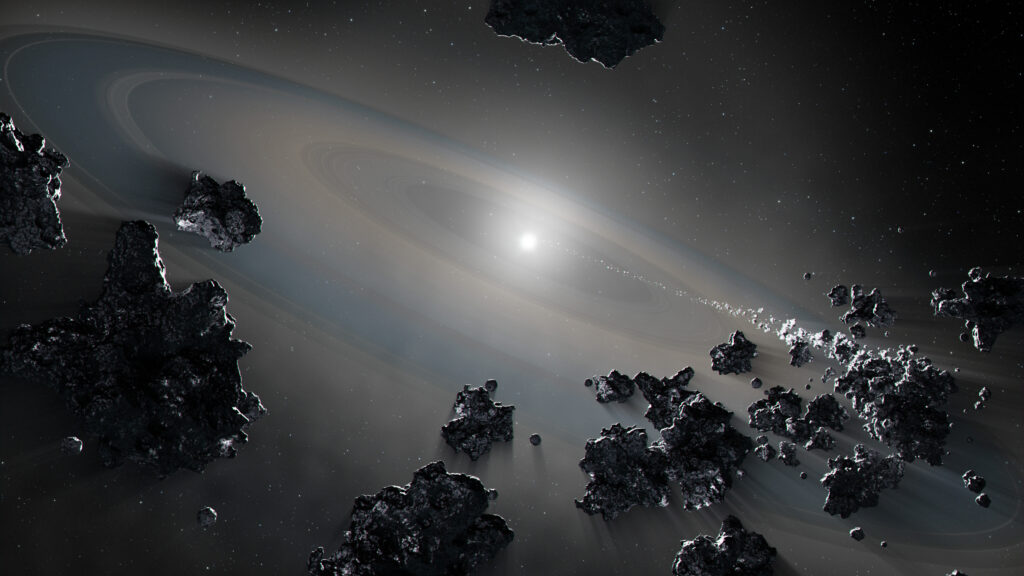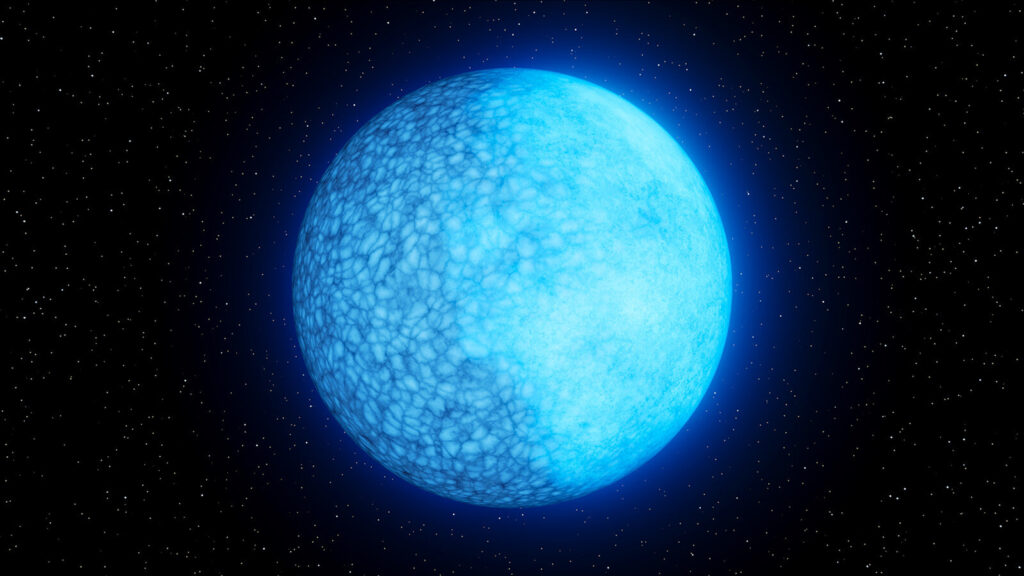An international team of researchers has announced the discovery of an extremely unusual white dwarf. One side of it consists of hydrogen, while the other of helium.
What are white dwarfs
White dwarfs represent the final stage of the evolution of sun-like stars. When the luminary that has turned into a red giant sheds the entire atmosphere, only one core remains of it, which then gradually contracts and cools down, gradually turning into a diamond. Such objects are called white dwarfs.

White dwarfs have a very high density. With masses similar to those of the Sun, they have a radius equivalent to the earth’s. Their atmospheres are usually dominated by hydrogen or helium. At the same time, the main element is about a thousand times more than the other.
Two-faced white dwarf
But recently astronomers have managed to discover a white dwarf that does not fit into the usual ideas about such objects. It was found as part of the ZTF (Zwicky Transient Facility) survey and was given the unofficial name Janus — in honor of the two-faced god from Roman mythology. The choice of the name was not accidental. Spectral analysis showed that one of the sides of the white dwarf consisted of hydrogen without any traces of helium, while the other, on the contrary, consisted of pure helium.

The discovery was a complete surprise for astronomers. Before that, they were not aware of the existence of such objects. In an attempt to explain the anomaly, the researchers have suggested that they are observing a rare transitional phase in the evolution of white dwarfs. In its course, hydrogen on the surface mixes with other elements and “sinks”, giving way to helium. As for the reason why this process occurs only on one side of a dead star, the answer may lie in the influence of the magnetic field of a white dwarf, which has an asymmetric shape.
Another theory proposed by the group to explain the two-faced white dwarf is also related to magnetic fields. However, in this case, it is assumed that they affect the pressure and density of its atmosphere, making it possible for hydrogen sites to form in places where magnetic fields are strongest.
So far, astronomers do not know which of the two theories is correct. They hope that they will be able to get an answer after discovering other two-faced white dwarfs.
According to https://phys.org
Follow us on Twitter to get the most interesting space news in time
https://twitter.com/ust_magazine
